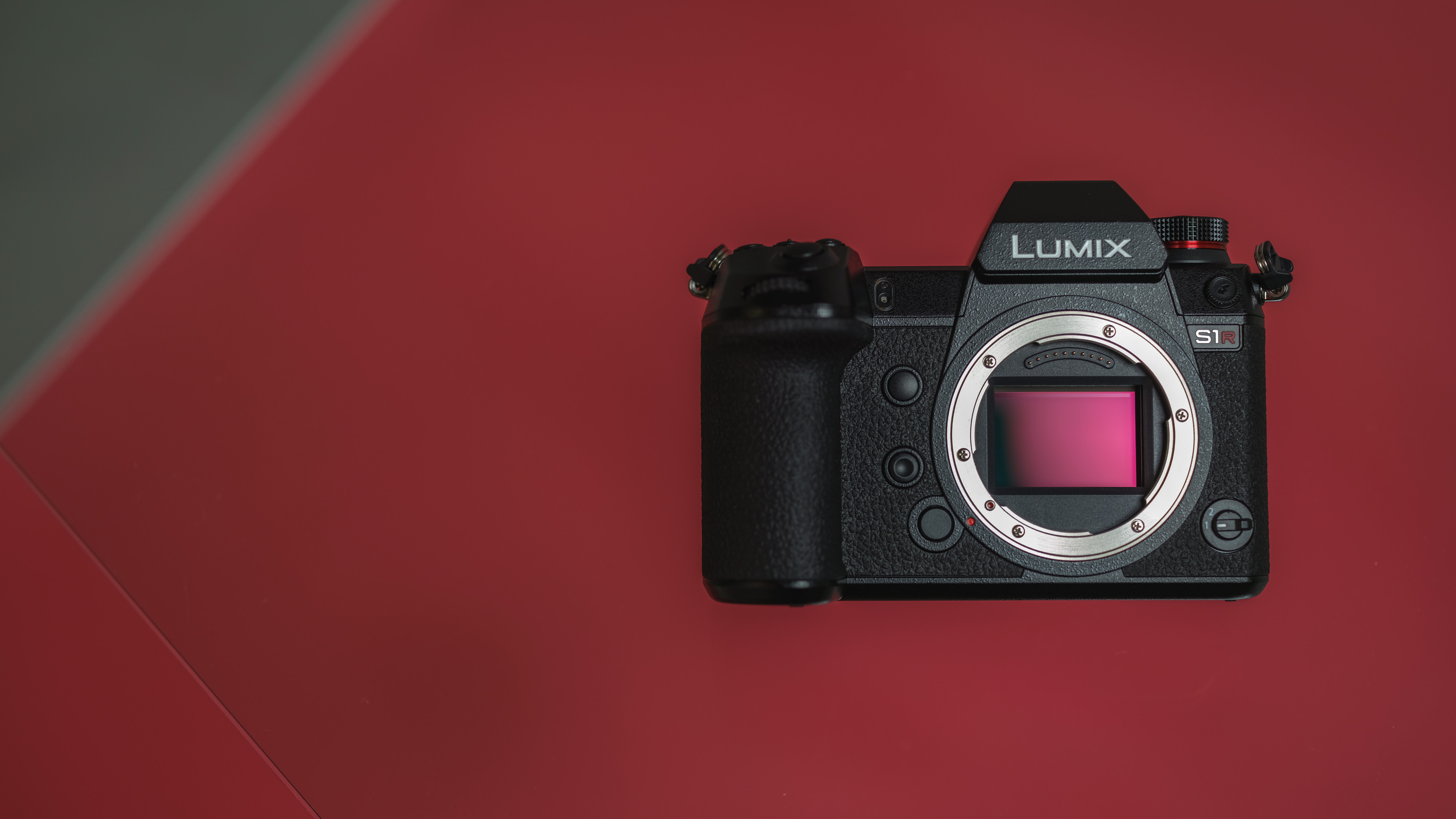
Review: A Closer Look at the Panasonic S1R
Published 4 October 2019 by MPB
When Panasonic announced its S1 series — the Panasonic DC-S1 and Panasonic DC-S1R — a wave of excitement surged through the industry. Two cameras. One is packed with video-centric features and the other is a megapixel monster. Up until this point, Panasonic had been making very good prosumer-level cameras. But here, they released two full-frame cameras simultaneously. The jump from Panasonic’s micro four-thirds sensor to full-frame is what had most people talking. It was easy to draw parallels to when Fujifilm released the Fujifilm GFX 50S, skipping full-frame and jumping from APS-C to medium format.
With an incredible 47 megapixels, could the Panasonic S1R keep the Sony A7R IV resolution king from the throne? Let’s take a look at the specs.
The Panasonic S1R tech specs
Sensor: 47.3 CMOS
Image processor: Venus
Memory cards: SD/XQD
LCD: OLED EVF
ISO range: 100 - 25,600
Autofocus points: 225
Video: 4k - 60p, 50p, 30p, 25p and 24p
Max burst speed: 9 frames per second
Weight: 1,016g
Viewfinder: OLED, 5.76m dots
We asked MPB resident photographer Ian to take a closer look at the Panasonic S1R. So, he headed off to Great Yarmouth, on the British coast, to put the camera to the test. Read on to find out more.
How does the Panasonic S1R handle?
When I first held the camera at the Photography Show, I felt the camera was quite big and heavy. It certainly cemented the feeling that mirrorless technology has moved away from the ‘small form factor’ ideals that graced the mirrorless vs. DSLR debate.
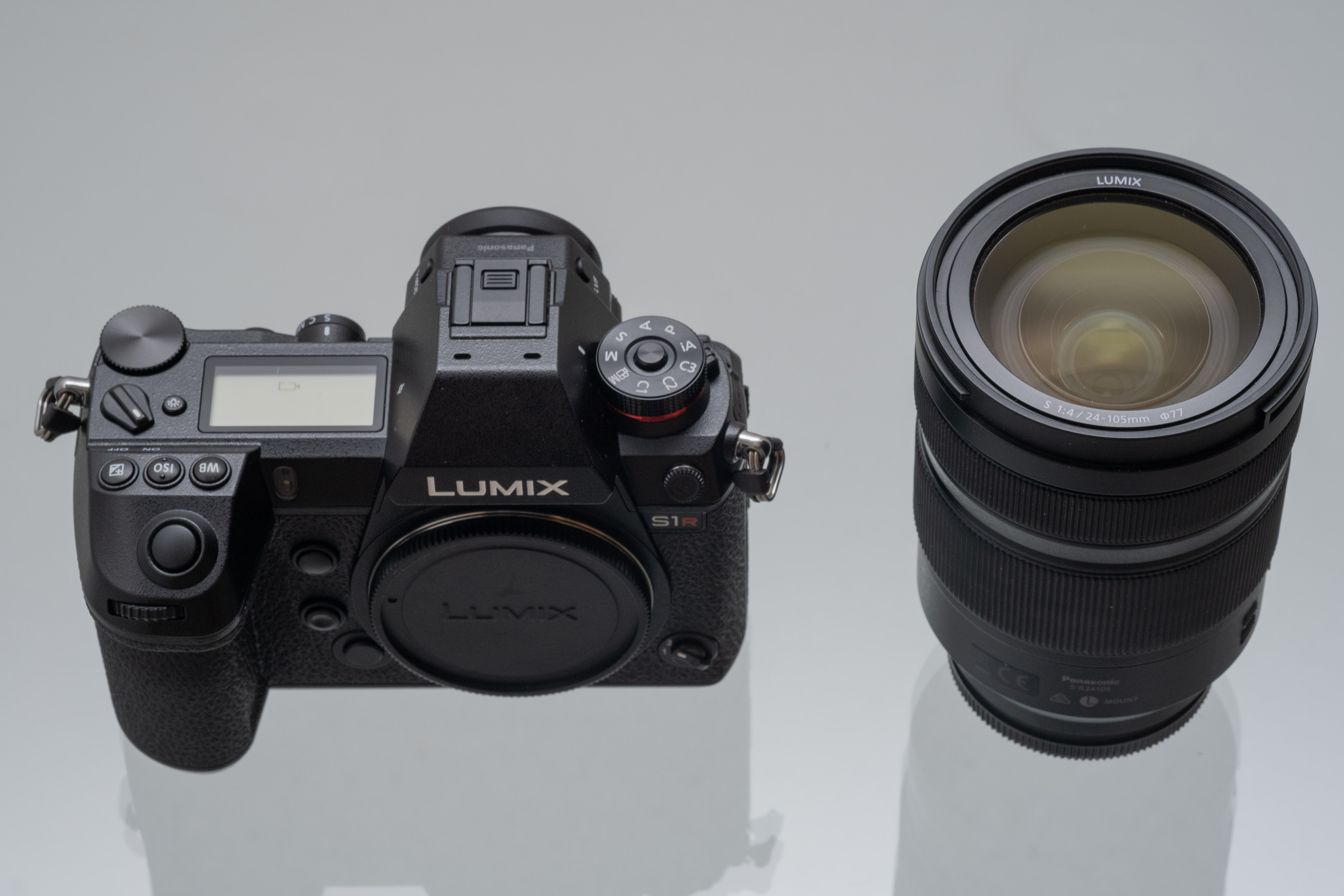
If you’re looking for a light setup, look elsewhere. However, handling is much more than just weight. This camera feels very safe in the hand, owing to the generous grip. It makes you feel you can really comfortably wrap your hand around it.
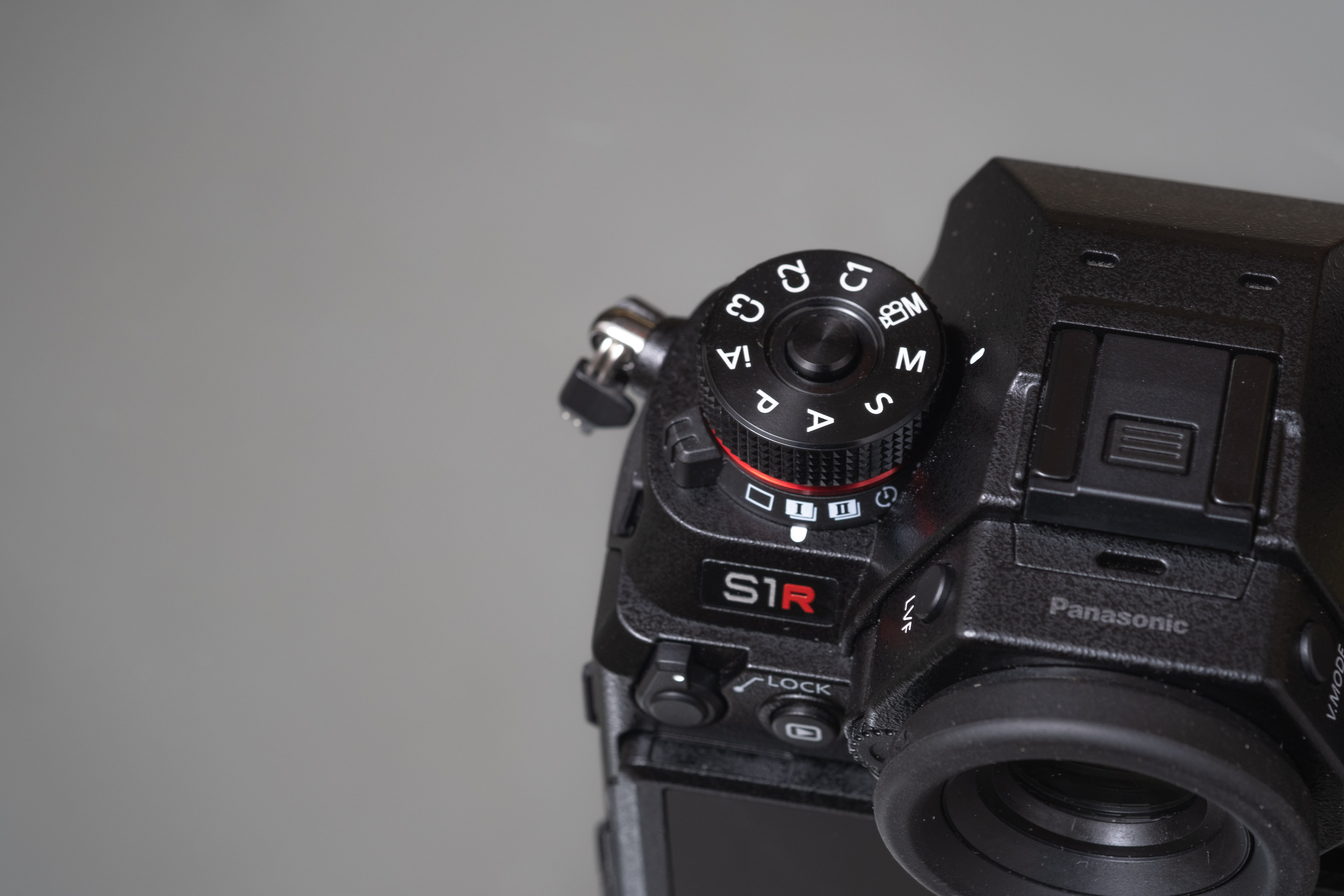
The Panasonic S1R button placement is very good. It’s reminiscent of DSLRs I’ve used in the past, with thumbwheels for aperture and shutter speed, and a dedicated ISO button. This is something that many had been calling out for on a mirrorless body. Thank you, Panasonic.
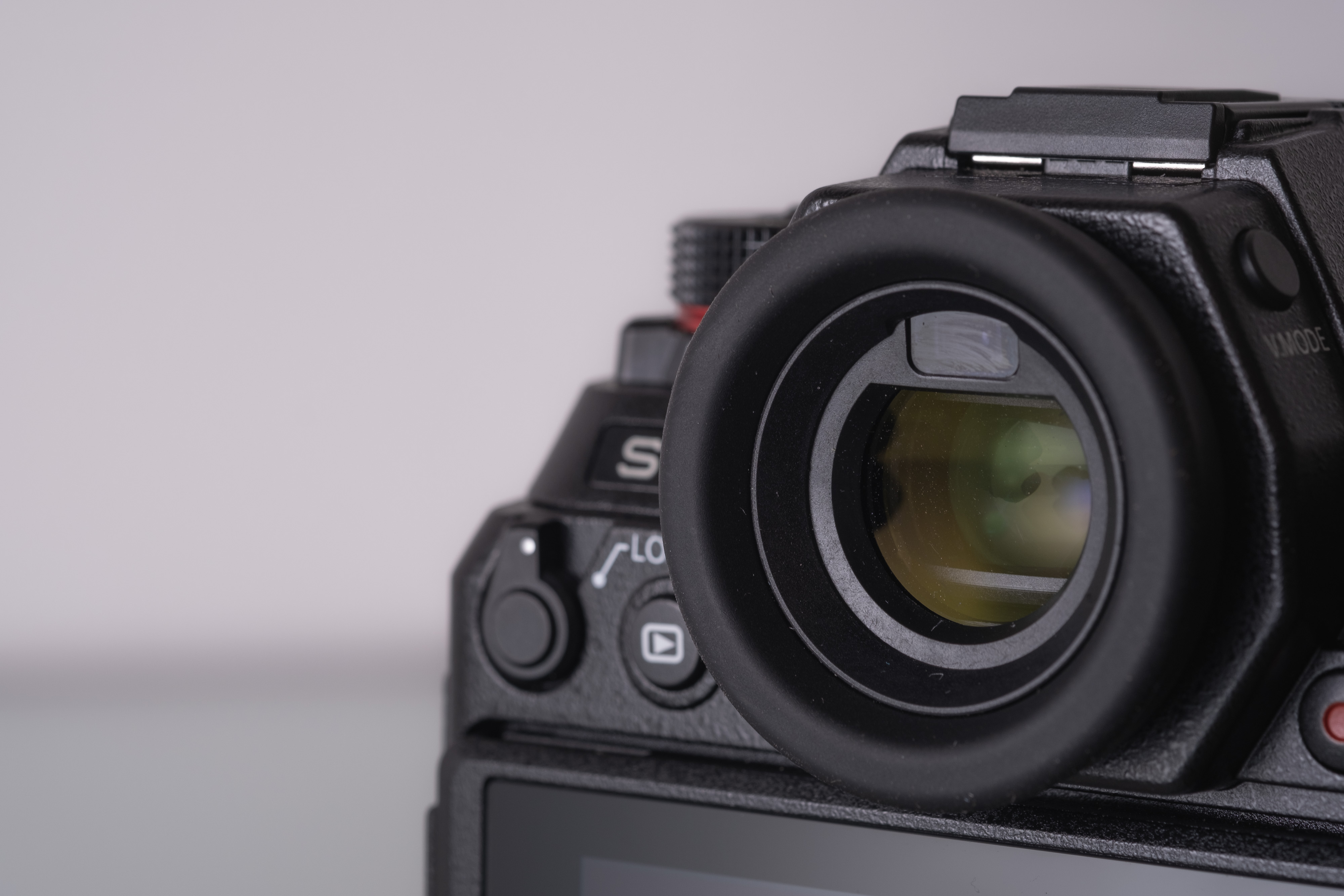
The finish is amazing, and this camera feels incredibly robust. I’m not a fan of heavy cameras that feel plasticky or badly put together. Every click and every button press feels positive and solid. My only gripe would be the rear menu wheel doesn’t have quite the same feel as the camera’s other controls.
The OLED viewfinder is simply a thing of beauty. With its 5.76M dots, it’s the closest I’ve ever felt to looking at reality - this side of an optical viewfinder. I will always have a soft spot for optical viewfinders. After all, like many, my first ‘proper’ camera was a DSLR. However, the magic of seeing your exposure in a big bright digital display, so rich in colour and clarity, has many benefits. Watching as your exposure changes live on the viewfinder means that once you click that shutter, you can move on to the next thing. No more chimping, missed shots and lost opportunities. The shooting experience allows you to be more present and in the moment. In situations where you need to think quick, this is indispensable.
What about the menu system on the Panasonic S1R?
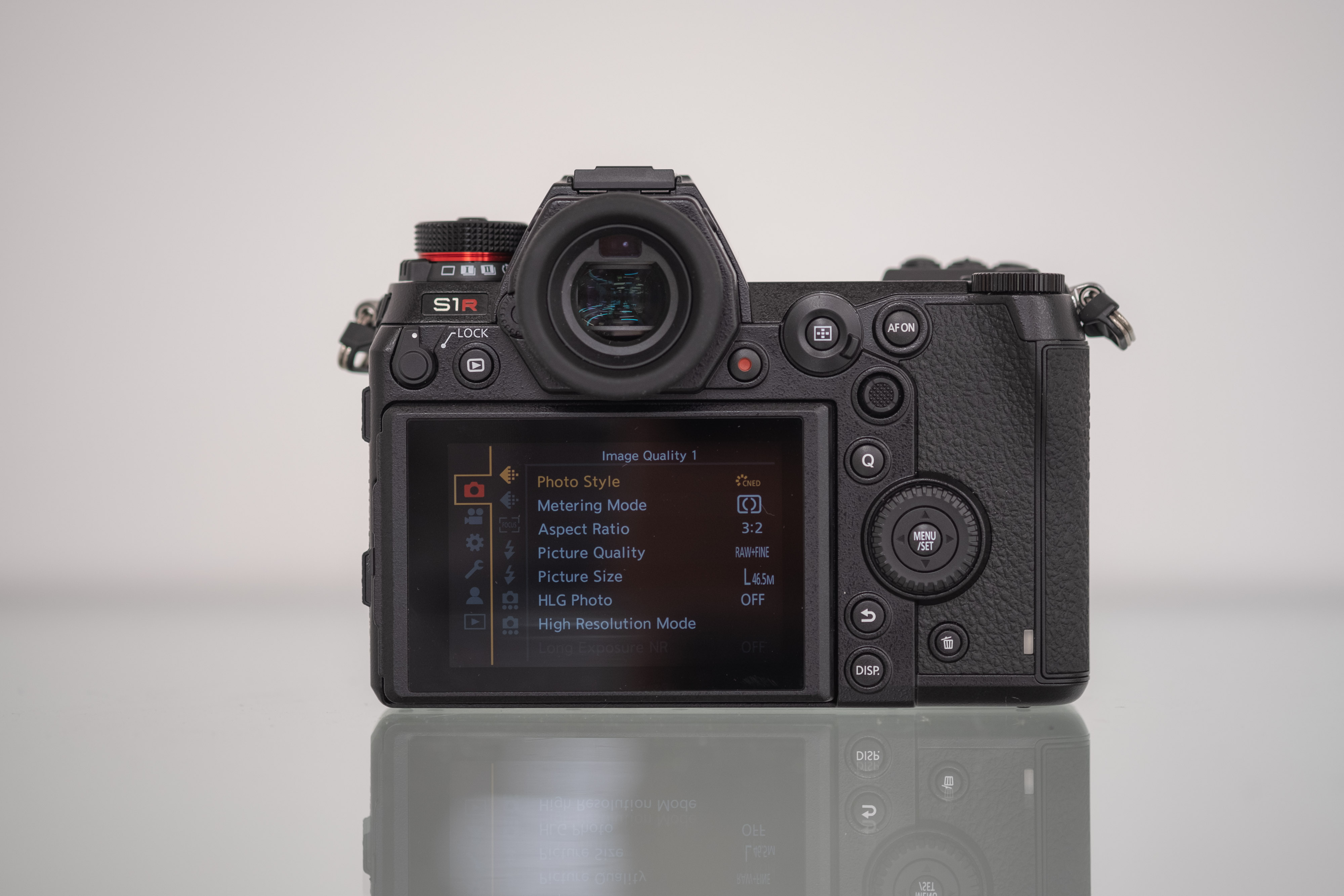
Well, it had to have a weakness - right? Personally, I wasn’t a fan of the menu system. It was very complex and had a lot of hidden menus. For example, I didn’t really know whether I was shooting at max-resolution RAW or not. The camera didn’t ever seem to confirm this. Nikon and Sony, on the other hand, are clear in telling you what settings you have selected. The Panasonic S1R isn’t.
I’m sure with more time on it, everything will become intuitive. But I judge every menu by how easy it is to use from the off. Is this enough to put me off the Panasonic S1R? No. I know there’s always a learning curve to using cameras. Often, the cameras will reward you if you take the time to learn the menus and use the assignable buttons to your advantage.
Looking through the lenses on the Panasonic S1R
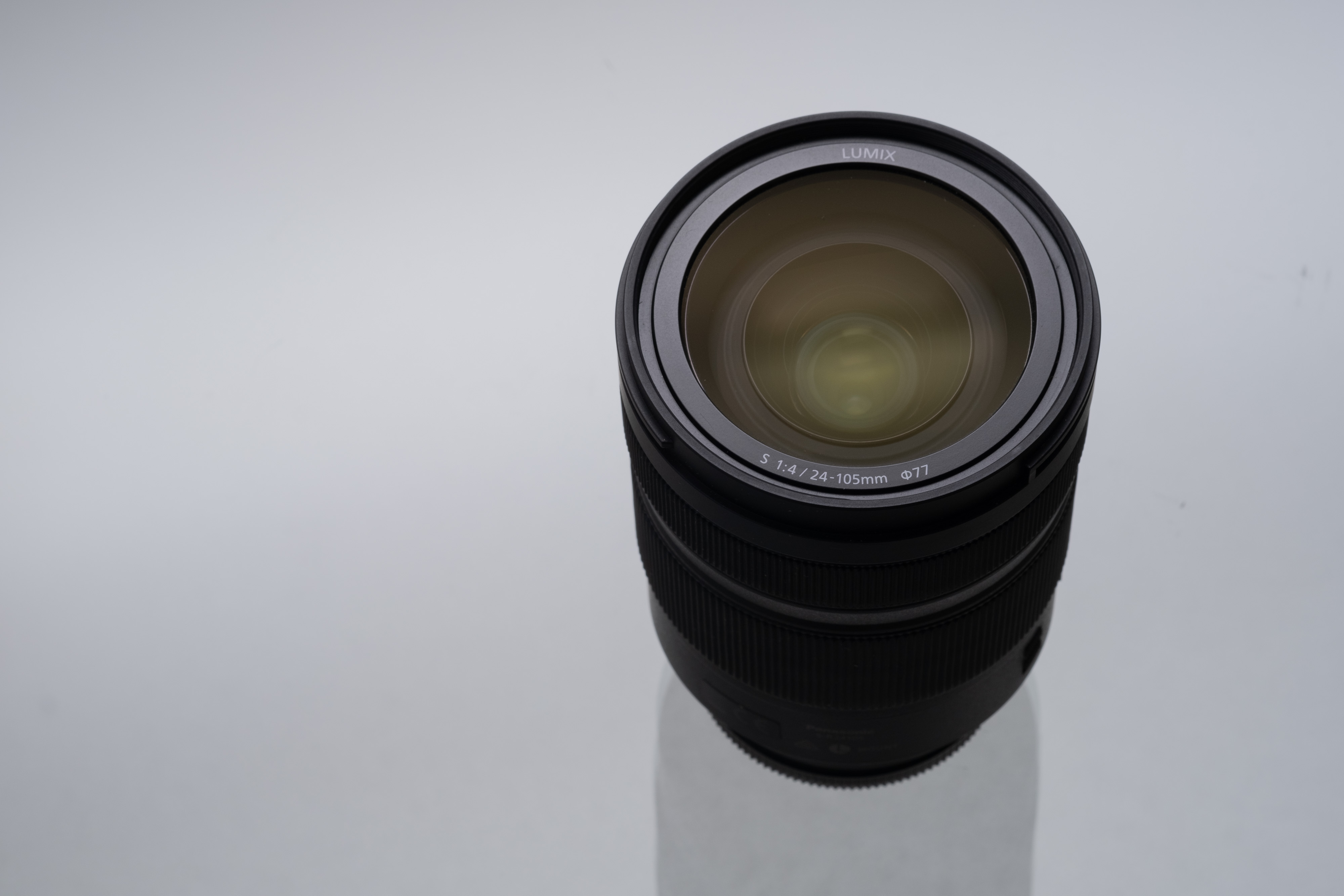
Panasonic is part of the L-mount alliance, a collaboration between Panasonic, Sigma and Leica. There are pros and cons to this. The benefits are that the system will benefit from input and design from arguably two of the finest lens makers around. The negative side is twofold. There aren’t many lenses around - and those built for the Leica SL are very expensive. For this test, we used the 24-105mm f/4 Macro OIS. It performed extremely well, but without having another lens to compare it to, it’s difficult to see what the full potential of the sensor is when mated with top-notch glass.
Now onto the test. How did the Panasonic S1R perform in the real world?
I spent a couple of days in the British seaside town of Great Yarmouth to see what the Panasonic S1R could do in a variety of scenarios.
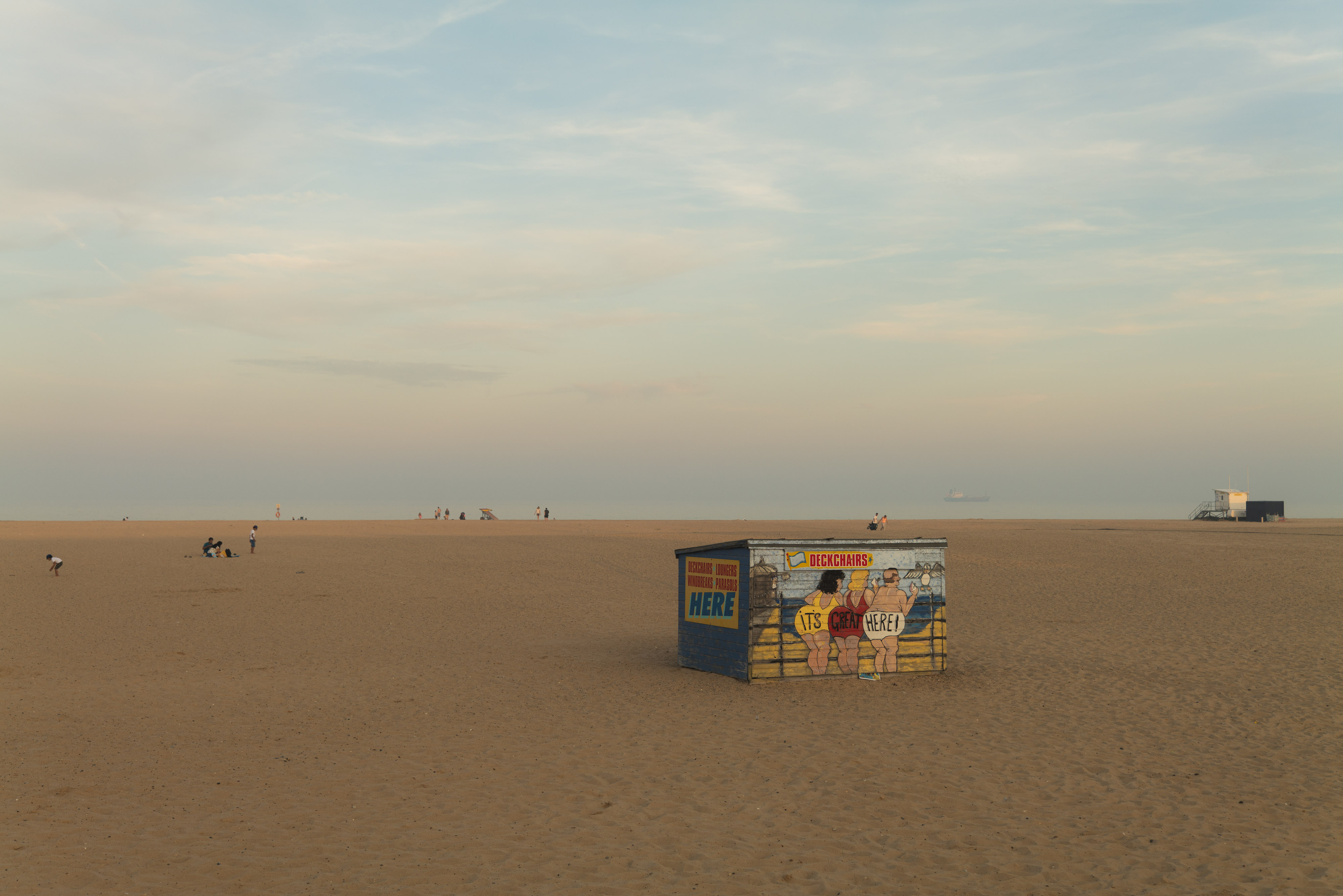
What surprised me when I first began shooting with the camera was just how much dynamic range there was on tap. This became evident when I got the images into Lightroom to really begin exploiting the RAW files’ capabilities.
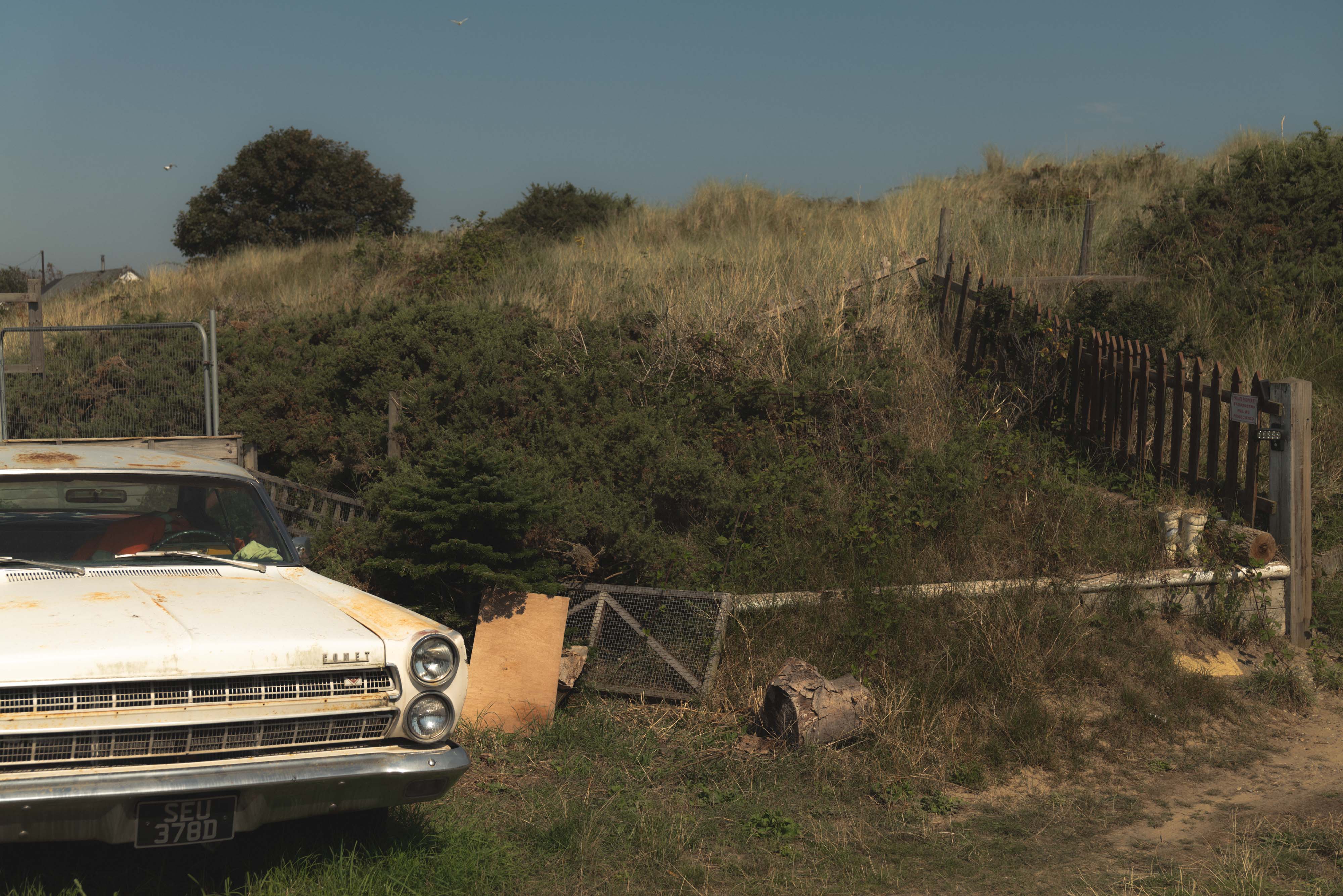
Sadly, web compression is the enemy - and banding is its best friend. Though I did give these images an edit, no sharpening was added. There really is that much detail.
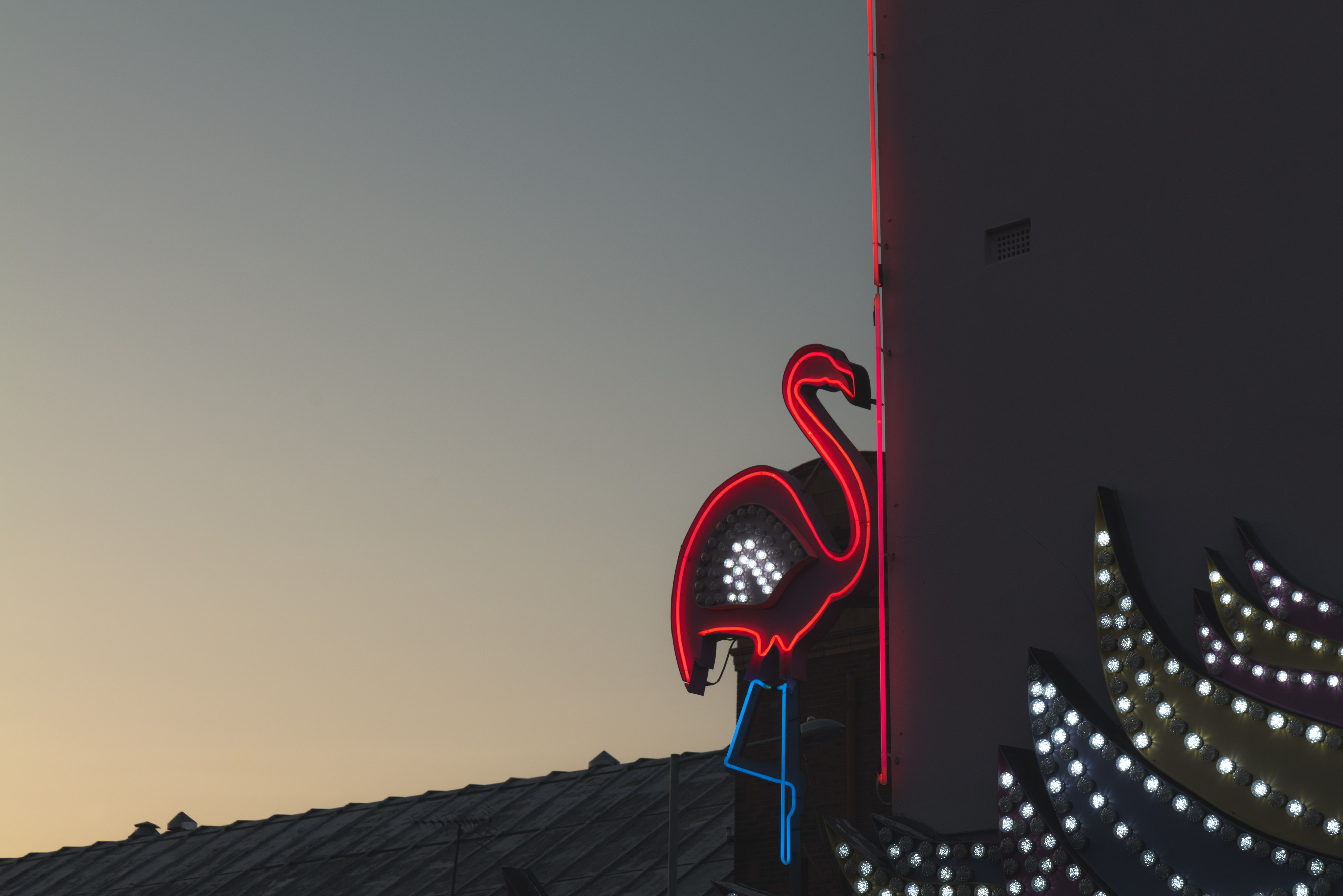
You can pretty much do anything with these files and they always respond well to editing. I did find that auto-white balance tended to default to the cooler end of the spectrum. But when shooting RAW, white balance is never burnt in and is easily changed or compensated for.
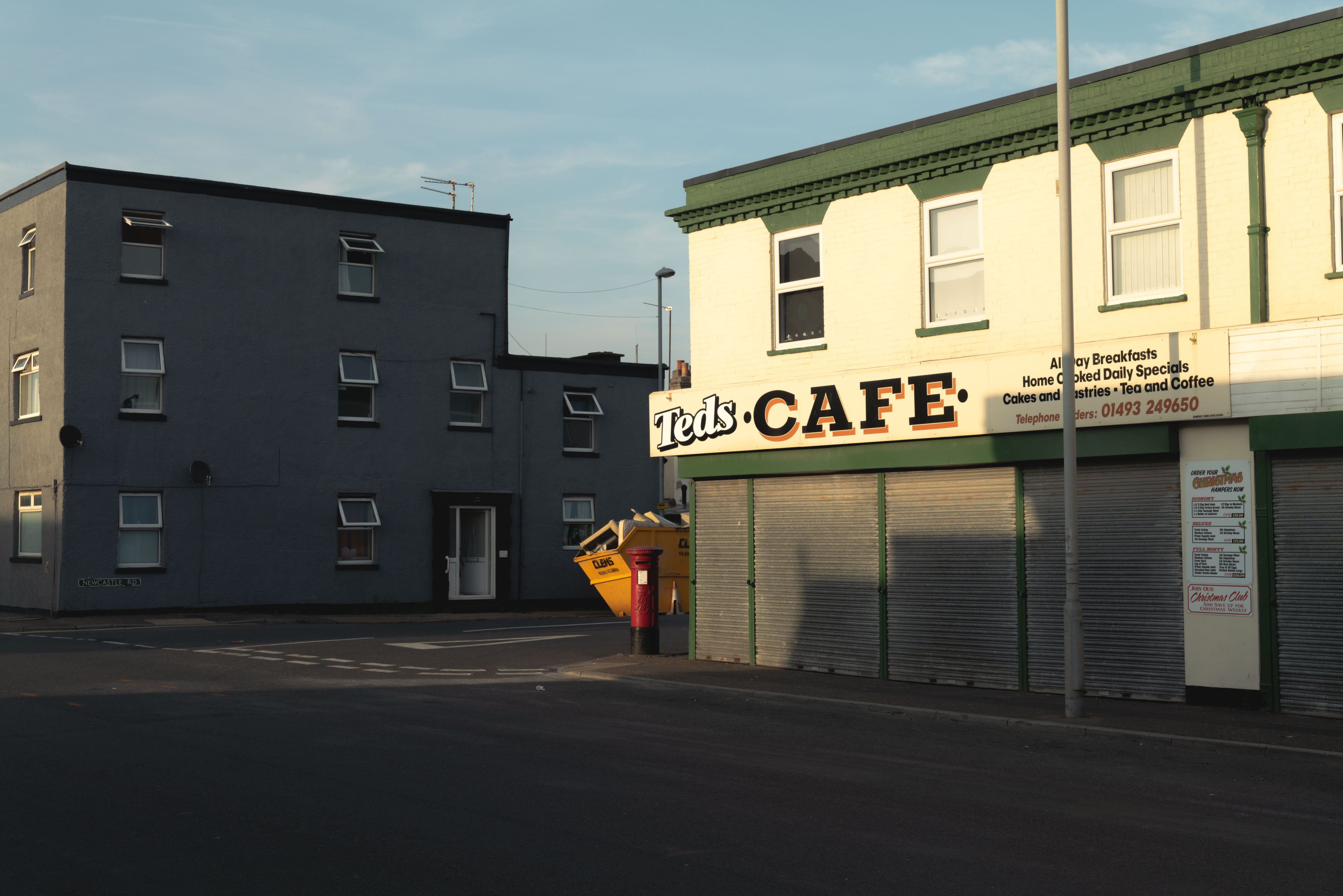
Metering was usually set to average. I tend to set to aperture priority if I feel the camera is doing a good job of metering. The Panasonic S1R was great. Even when I felt I needed more precision for my exposures, the wonderful OLED always gave great expositions. It’s incredibly important to have a good viewfinder in a mirrorless camera. Feeling like it’s accurate will allow you to compose and expose, fire and walk away - onto the next thing.
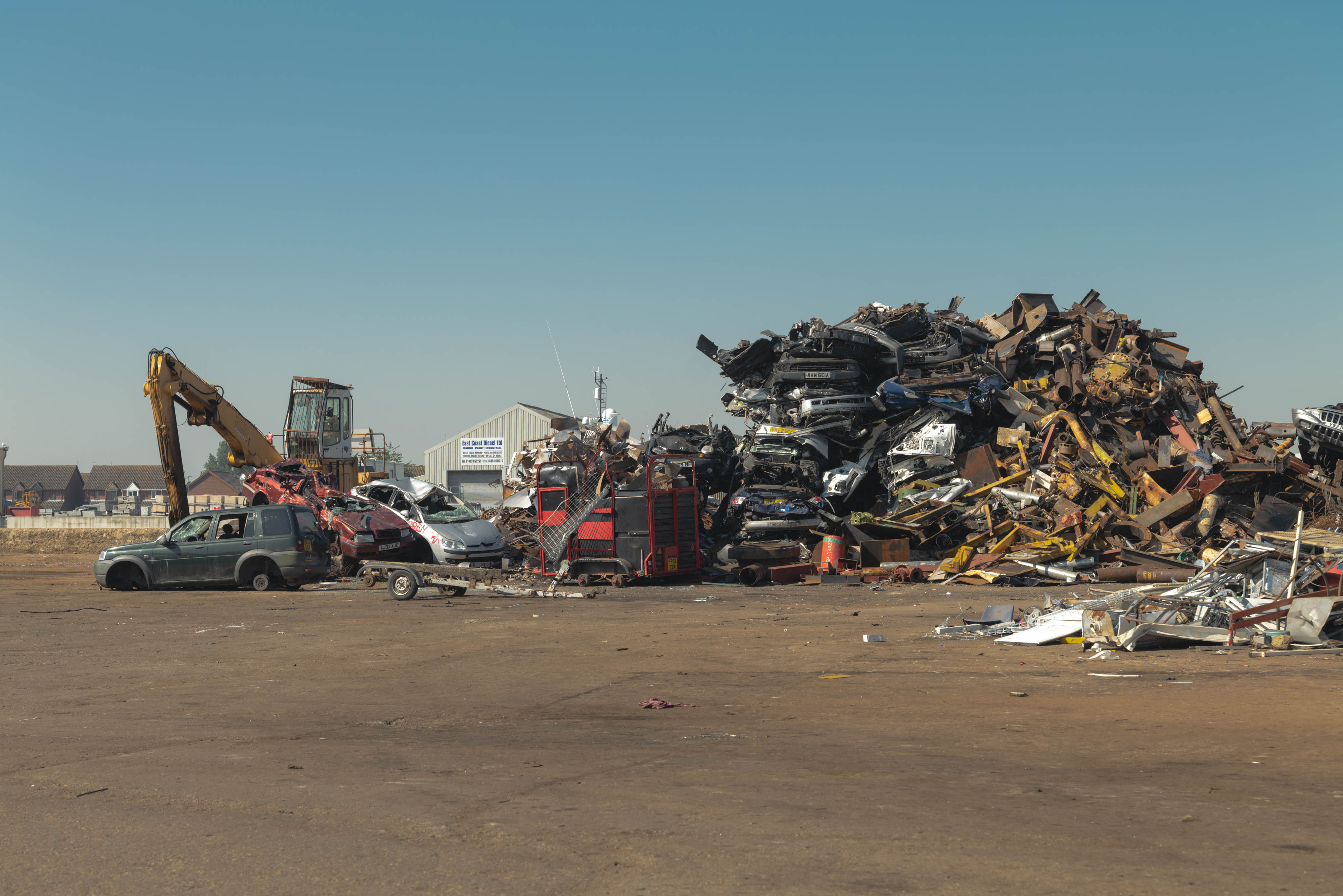
As much as I'd like to pretend resolution doesn’t matter, the truth is that it’s a useful tool. It has to be used with care, however, as it can lead to laziness and detachment from good composition. Especially when you know so much can be done in post to adjust and recompose. Saying that, it really does open up the possibilities to certain photographers in need of options. Next is a 100% crop of the image above.
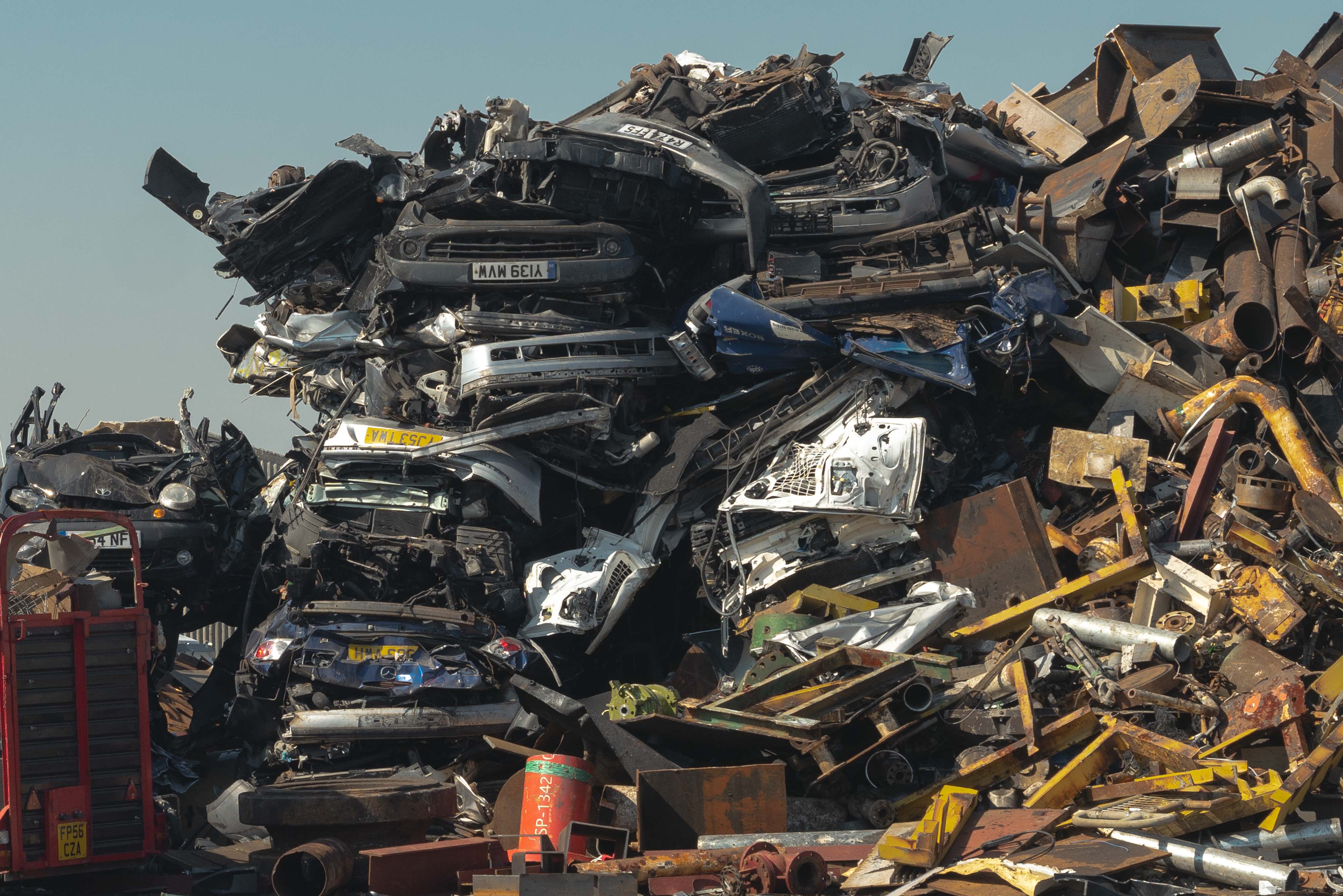
There is simply so much detail. Thankfully, it’s rare that you’ll have to crop this tight. But it’s nice to know that those 47 megapixels have your back, should you need to reframe in post.
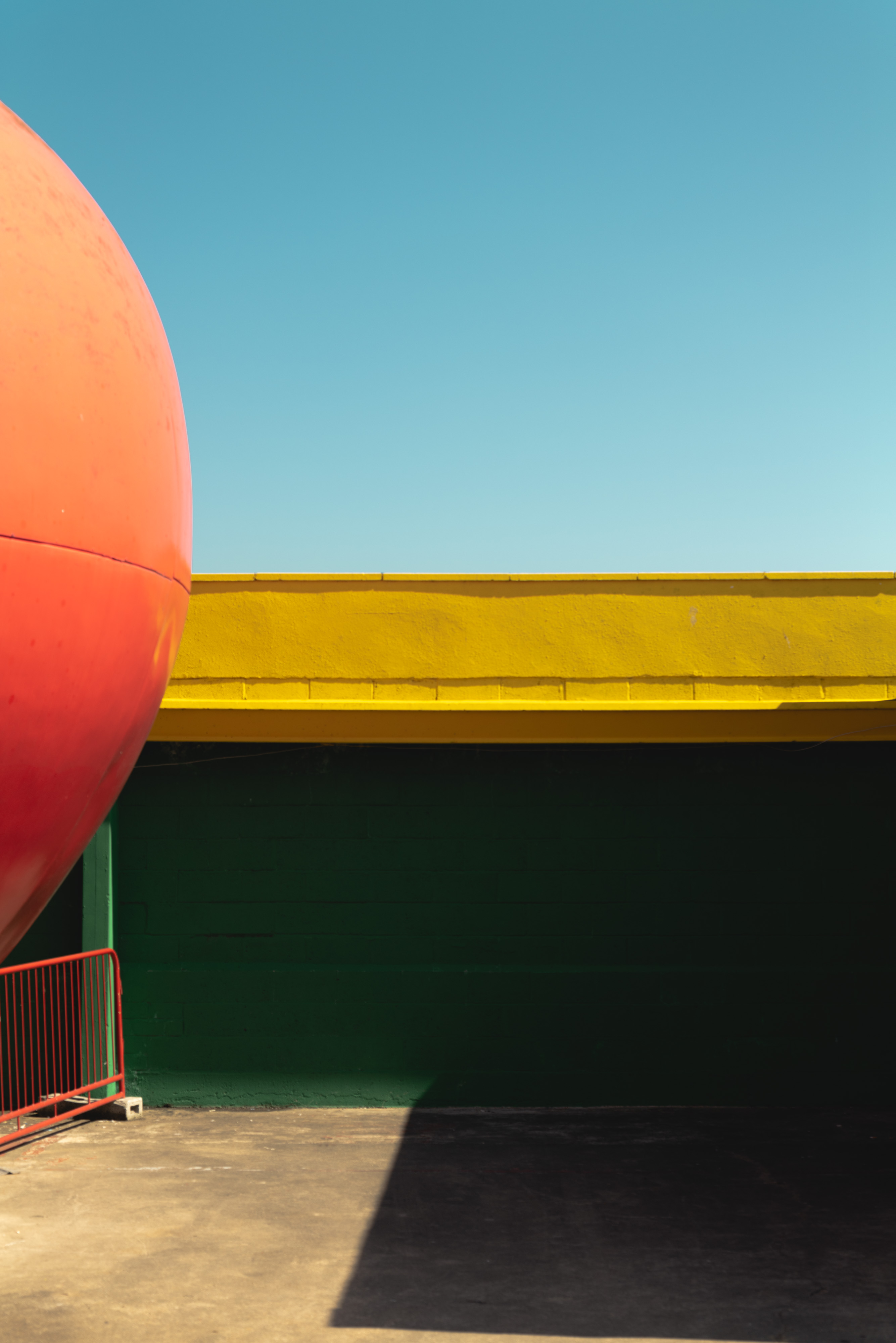
Colour reproduction is impressive too. Even if you’re not great with the adjusters on Lightroom or Photoshop, the colours always seem to remain true and accurate.
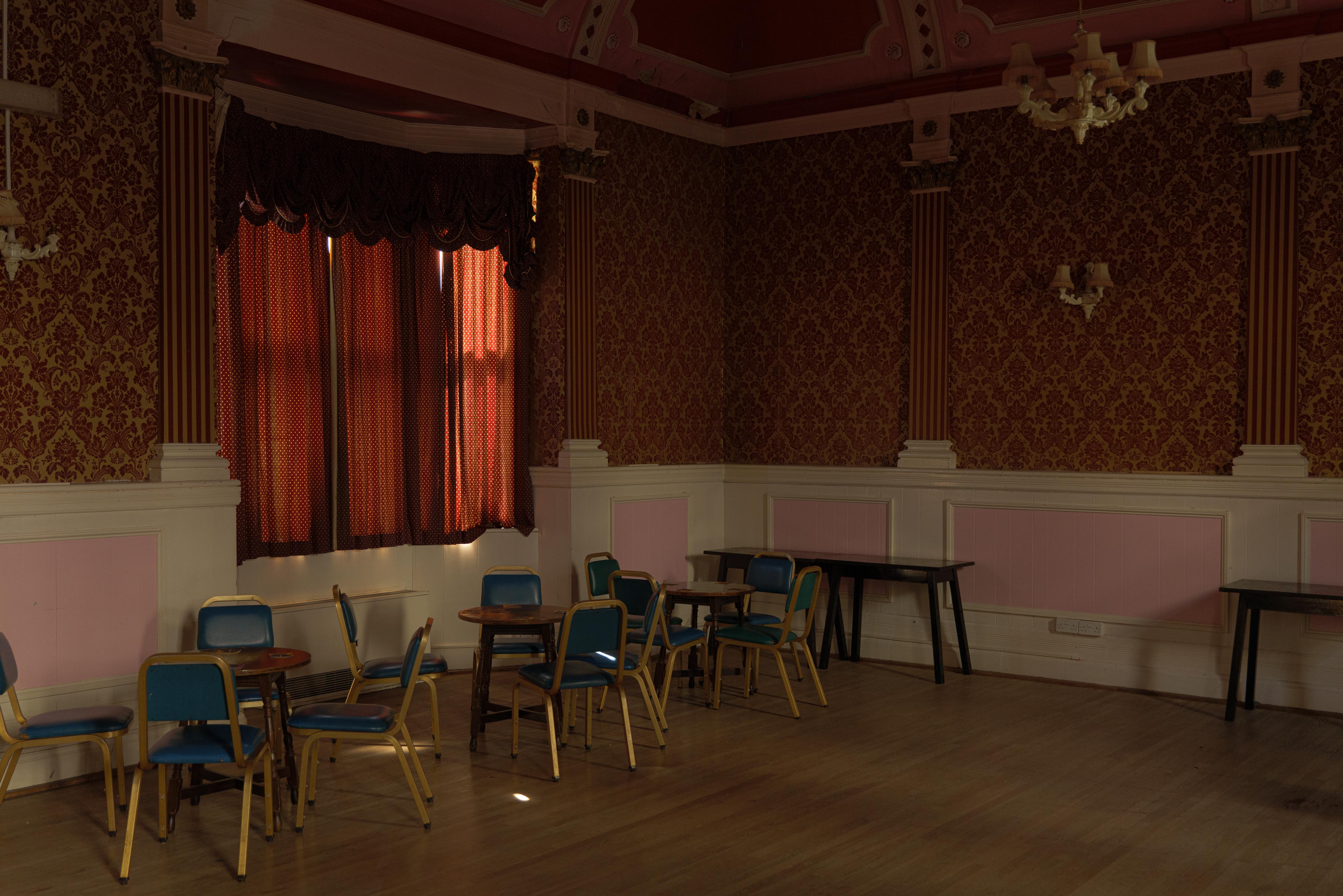
Dynamic range is your best friend. It’s something I go on about quite a lot, but it’s a tool that can really save an image. Just the knowledge that is hidden in the depths of the shadows there is detail, it’s often enough to get you out of a jam. While it isn’t something that you’ll necessarily tap into a lot, it’s a great base on to begin your edits from. The image above was shot at 1000 ISO. There’s hardly a hint of digital noise.
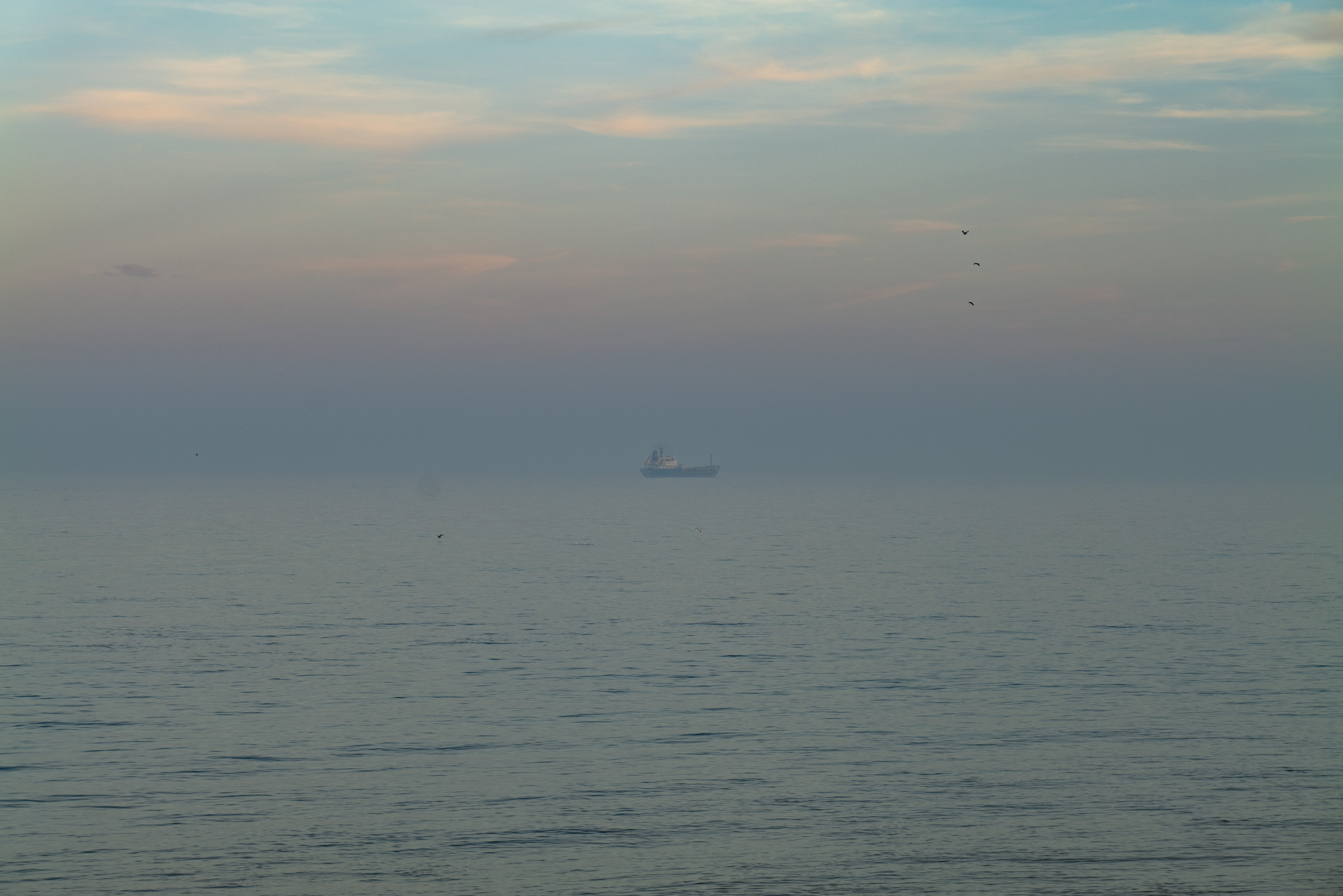
As with most mirrorless cameras, the Panasonic S1R employs the help of focus peaking to help find your edges when manually focusing. I found that using it with the S1R was a cinch. Even when your focus point was very far away and covered by a layer of haze. Adding the focus magnifier helped even more. A little box appears to help you get critical focus, and as soon as you let go of the focus ring - it disappears again.
Pushing the ISO
Bearing in mind this is a very high-resolution camera, its capabilities dealing with high ISO is a key consideration. We all know how good a Sony A7III is at dealing with high ISO and yielding clean images. But then, that camera has to deal with fewer - and bigger - megapixels within the same sensor size. Bigger means more light and, technically, less noise.
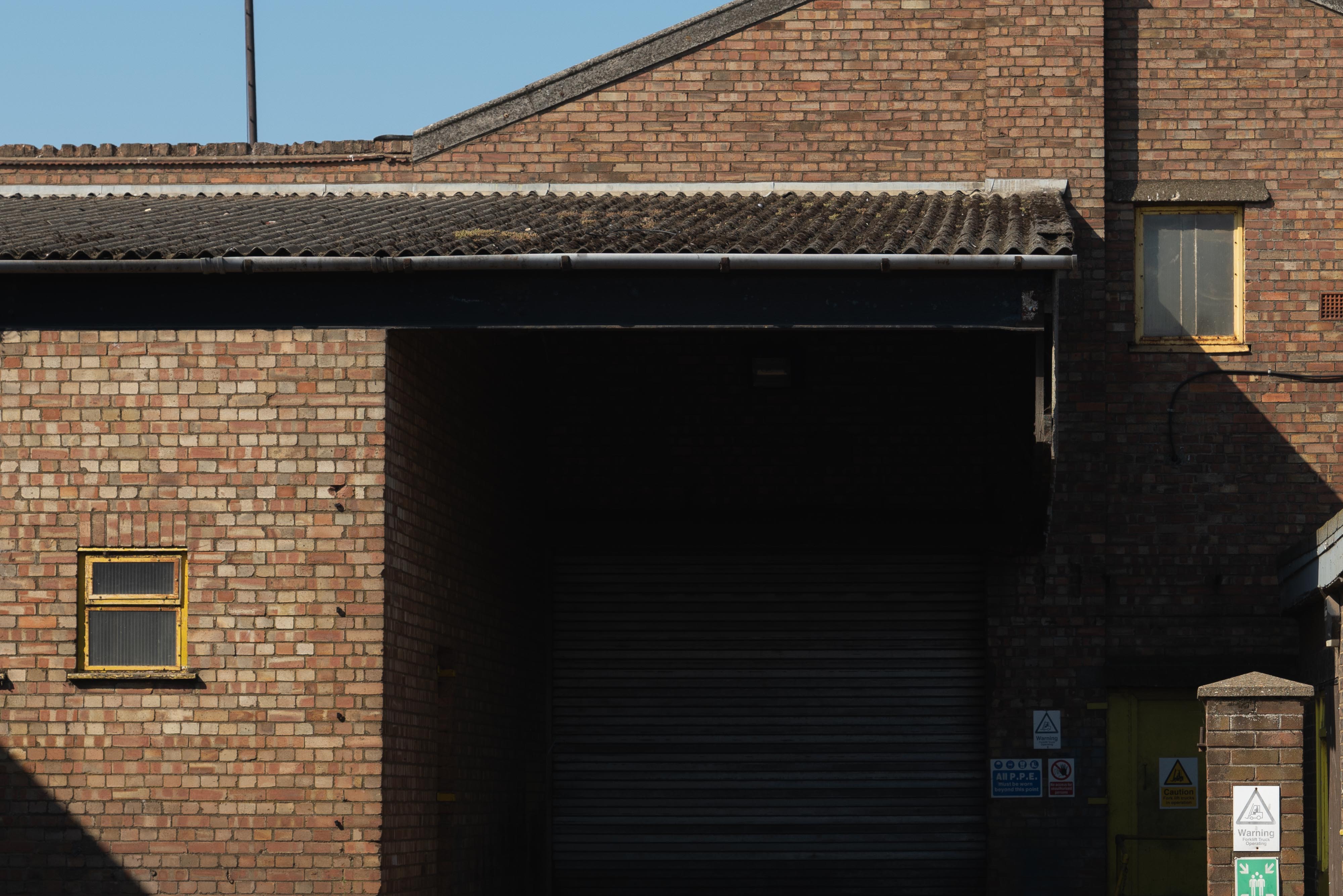
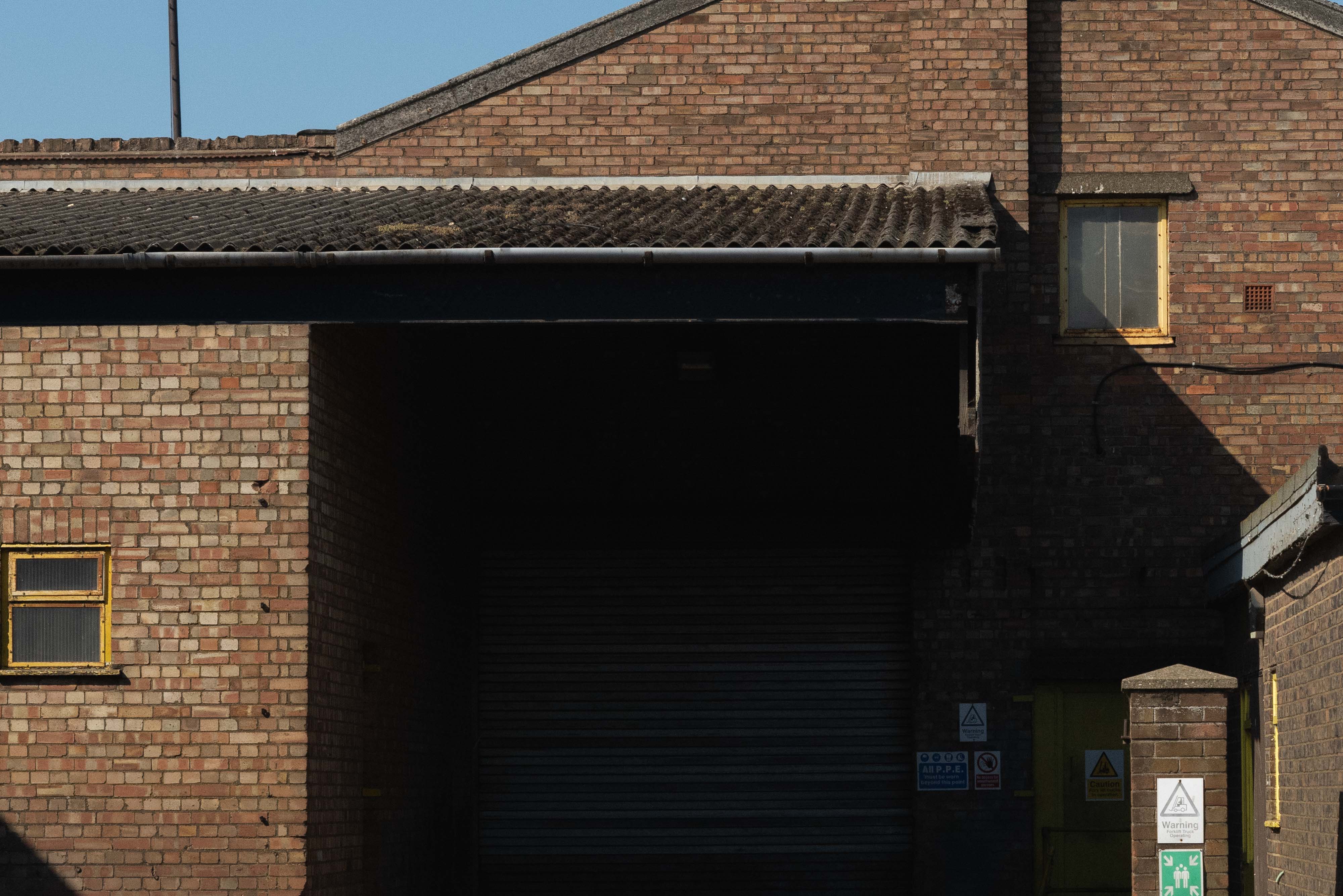
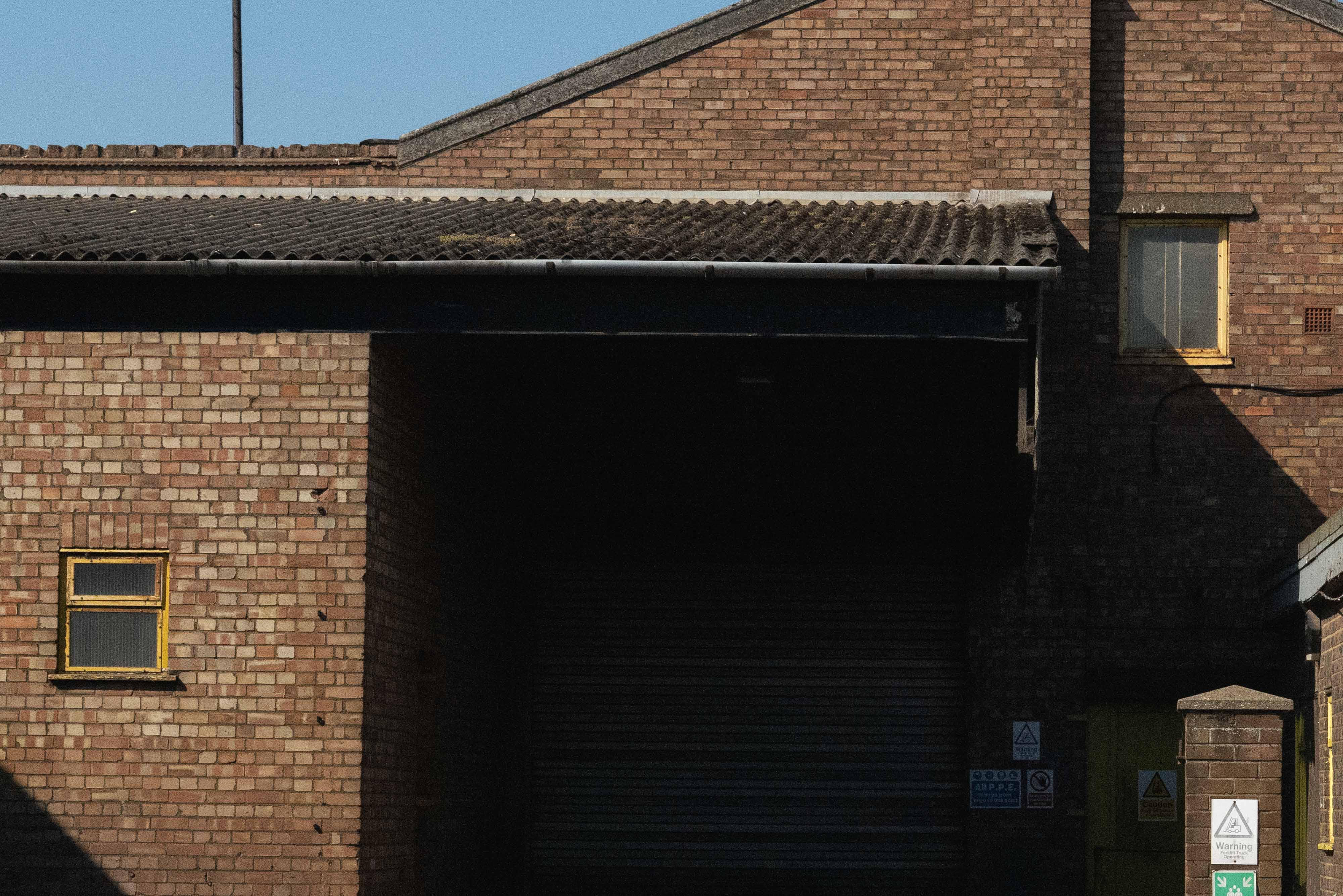
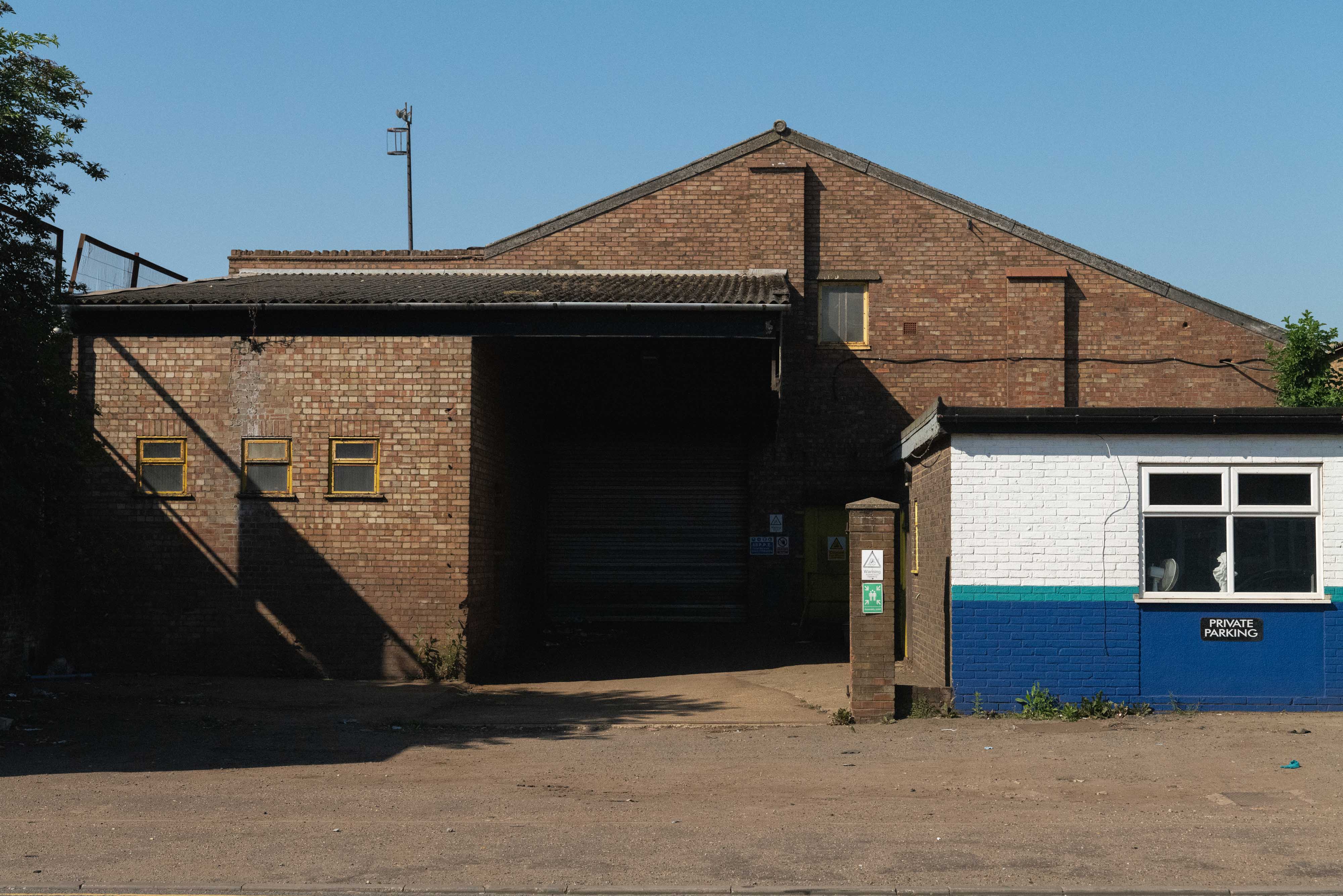
As you can see, the camera handles are being pushed to high sensitivity extremely well. In a darker scenario, it would likely be a different story, with the noise filling the frame much more than here. However, the Panasonic S1R still impresses here, rendering even the potentially-noisier areas organically while still maintaining good detail and minimising the muddy renderings that often plague high-ISO images.
Skin tones

Heavily backlit by the high morning sun and aided only by the white poolside floor as a reflector, the Panasonic S1R did a magnificent job maintaining great colour accuracy and rendering pleasing skin tones under tricky conditions. I’ve found many cameras tend to introduce a little bit of colour cast in these situations. While they’re easy enough to remove, it was nice to see the S1R handling this so well from the off.
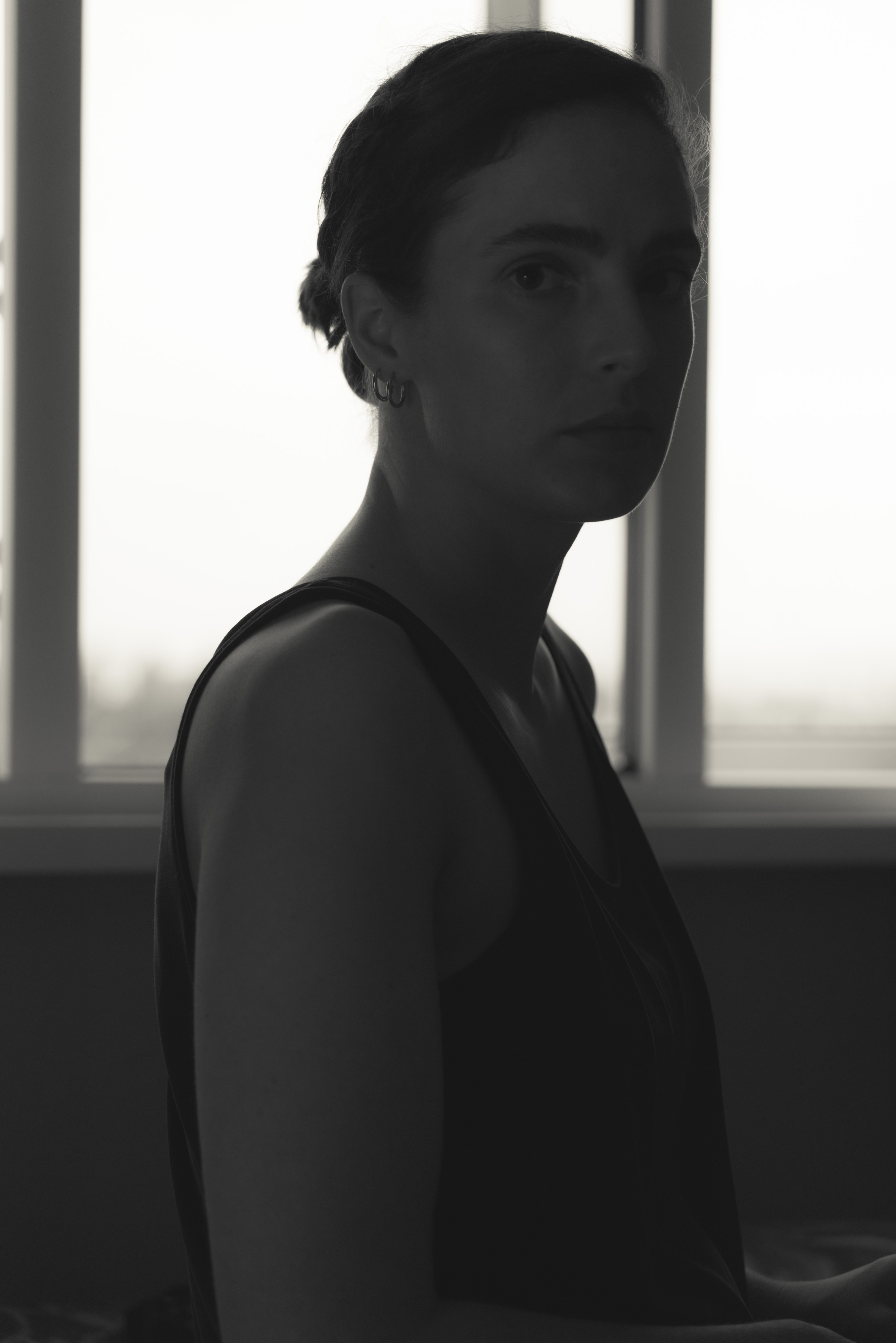
The high-resolution sensor renders skin tones wonderfully - not just in terms of colour, but also in softness and clarity. I should, of course, big up the Panasonic 24-105mm f/4 lens too. While not a cheap lens, considering it is technically the kit lens with this camera, it does a marvellous job of keeping up with this sensor.
So, how does the Panasonic S1R compare to the Nikon Z7 and the Sony A7R series?
How does the Panasonic S1R compare to other cameras out in the market - namely, the Nikon Z7 and Sony A7R III or Sony A7R IV?
From a functionality point of view, the Nikon Z7 is easier to use and set up. Nikon’s menus haven’t changed much, and it’s something that I’m personally used to. The same can be said for the Sony. The Panasonic is a bit fidgety from that point of view. But, with time, I’m sure it’d be one of those things I’d get used to. For me, these three cameras reside in a studio. Or they’re for people wanting to extract maximum image quality. They’re not necessarily about speed or function, they’re pure image-makers. They’re cameras made and designed to provide you with image quality first and foremost - with features and functions coming second. With that in mind, I rate the Panasonic S1R very close to the Nikon Z7 in terms of pure image quality.
The Sony A7RIII renders fantastic results, with an image that is as close to perfect as you can get. However, for my taste, it can be a little sterile straight out of the camera. I like companies that push the boat out a little. While the Panasonic yields very professional results from its incredible sensor, it still has a bit of an in-built personality. I’d be hard-pressed to choose between it and the Z7 - it will be interesting to see what lenses the L-mount alliance will produce. And, more importantly, how well they are priced to compete against two companies with a headstart in the emerging pro-mirrorless market.
Thanks, Ian.
For more interviews, tips and techniques and camera gear guides, visit the MPB content hub.